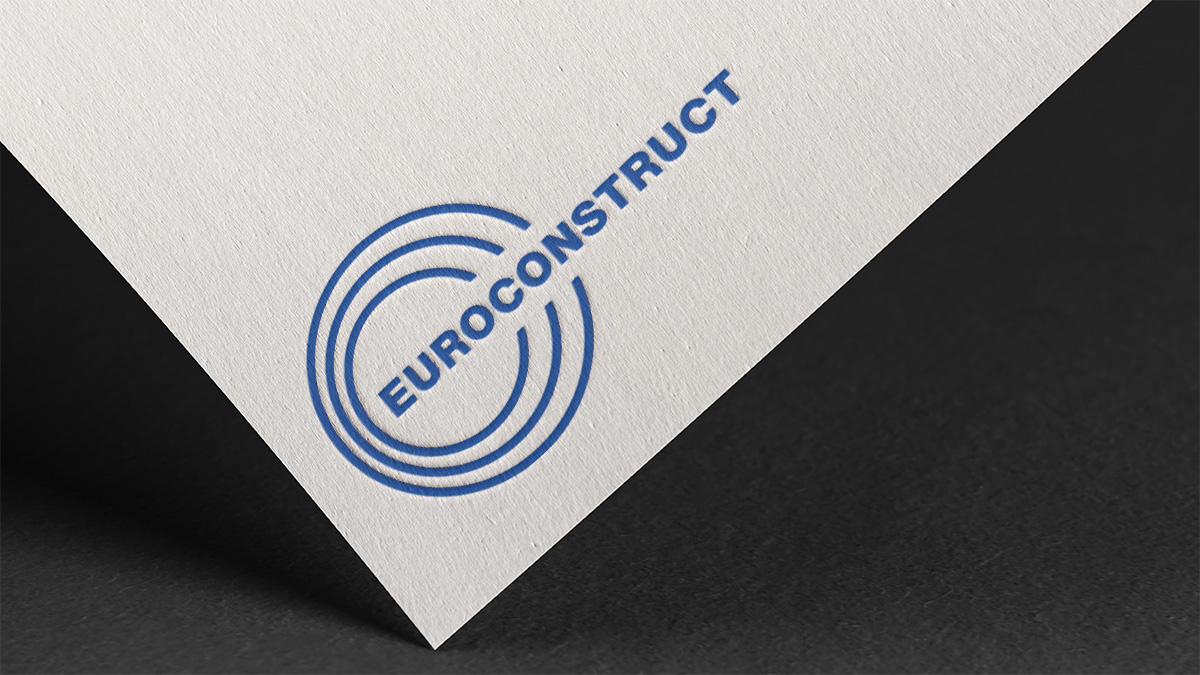ABOUT THE AUTHOR
Mårten Pappila
Prognoscentret AB
Mårten Pappila is construction market analyst at Prognoscentret which is the Swedish member in Euroconstruct. Mårten has a Master's degree in Economics from the Gothenburg School of Economics. He has a broad experience from the government sector including national accounts, financial statistics and labor market analysis.
“The Swedish building market is expected to grow during the years 2025-2027, but economically weak households slow down the recovery.”
According to the analysis company Prognoscentret’s assessments of the Swedish building market’s development, the total production value this year will grow with about 2 percent in fixed prices compared with last year. In 2026 and 2027, total construction investments together with renovations and maintenance are expected to grow further, mainly as a result of the continued recovery in residential construction. However, the increase during the forecast period is from low levels, and housing construction will not return to the same high levels that characterized the period 2015-2022.
The general economic recovery in Sweden has been slower than expected, which is also noticeable in the construction sector. The last years higher inflation and interest rates combined with the recent increase in economic policy uncertainty have affected Swedish households’ willingness to consume and invest. A generally cautious attitude has therefore worsened the short-term conditions for housing construction.
Since 2023, new construction of non-residential has declined from historically high levels. Despite this, the total area of new building starts is expected to be higher than the historical average throughout the forecast period 2025-2027. Several large projects are contributing to new construction, such as new steelworks and data centres. Furthermore, politically driven investments in the expansion of the judiciary system and the armed forces will support construction throughout the forecast period.
Renovations and maintenance of dwellings are expected to pick up speed during the year. This is partly explained by a change in the R&M tax deduction, which is helping to stimulate the market. R&M activity in non-residential saw a slight increase last year but is growing at a slightly higher rate this year, with positive growth also expected in 2026 and 2027. The upturn is mainly driven by a need to renovate schools and healthcare buildings, as well as increased demand for energy renovations, in line with the EU’s Energy Efficiency Directive.
Receive the full picture and the latest outlook to 2028 at our 100th EUROCONSTRUCT Jubilee Conference.
100th EUROCONSTRUCT-Conference
24 & 25 November 2025
Les Salons Hoche Paris, France
European construction market forecasts towards 2028
Reinventing the construction industry
For any questions regarding the 100th EC-Conference please contact BDOAdvisory.euroconstruct100@bdo.fr
ABOUT THE AUTHOR
Mårten Pappila
Prognoscentret AB
Mårten Pappila is construction market analyst at Prognoscentret which is the Swedish member in Euroconstruct. Mårten has a Master's degree in Economics from the Gothenburg School of Economics. He has a broad experience from the government sector including national accounts, financial statistics and labor market analysis.
